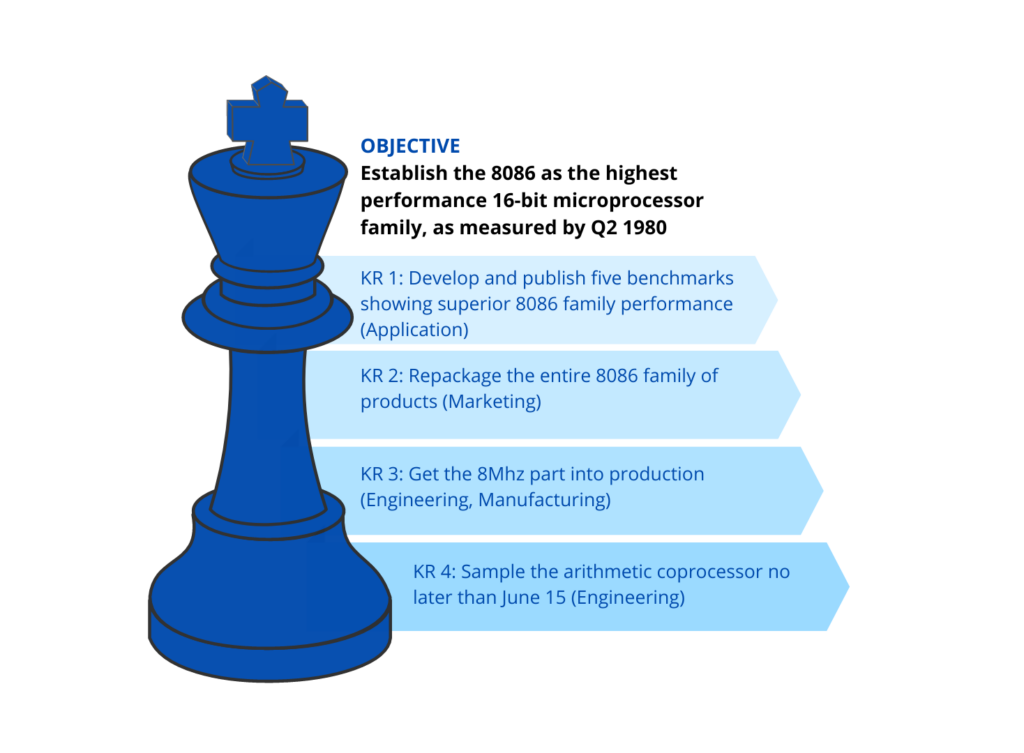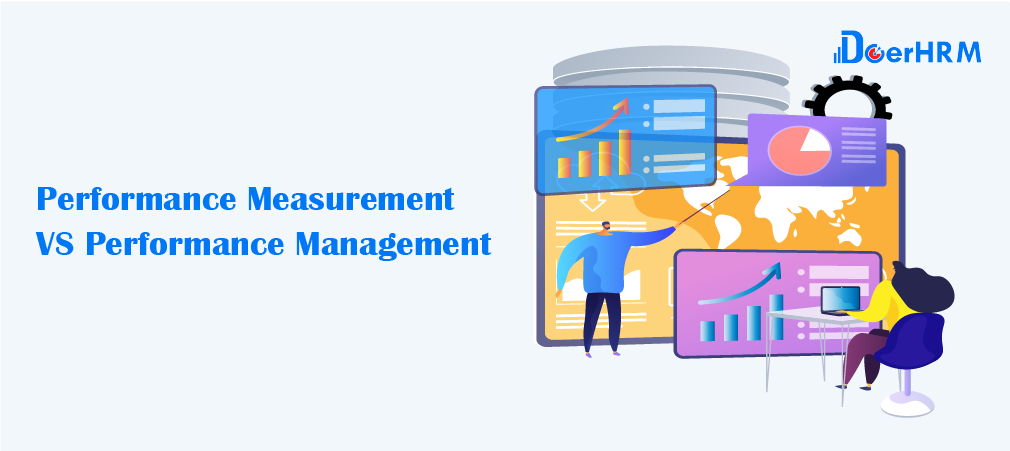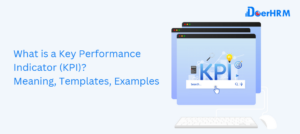Introduction of Performance Measurement vs Performance Management
As you may be aware, performance measurement and performance management are two essential concepts that helped organizations to monitor and make developmental decisions. Now, these concepts offer complementary roles, and it is easy to mistake them for each other. However, they are not the same. Here are the vital things you need to know about the two.
What is Performance Measurement?
Performance measurement measures performance. It can be defined as the tool by which an organization monitors essential aspects of its programs, systems, and processes. It is the process of collecting, analyzing, and reporting information regarding the performance of an individual, team, or organization by comparing it to the set goals and objectives. These are the quantitative indicators you put in place to track the progress of your strategy. It can relate to short term objectives (e.g., cost control) or long term measures (e.g., customer satisfaction). The measures include
1. Financial measures. It’s about measuring and tracking progress in essential areas of company performance. It provide you with a general picture of the overall health of the business. [e.g. Operating Cash Flow,Working Capital,Accounts Receivable Turnover etc]
2. Customer measure. This is about Customer satisfaction or best understood in terms of customer experience that include a customer’s perceptions, interactions and thoughts about your business. [e.g. Overall Satisfaction Measure, Loyalty Measurement, Intentions to Repurchase Measurements and more]
3. Process measures. One of the example is sales process. Let’s look into it because it’s one of the most important process you’re responsible for. The risk is high because the money and time invested is significant. [e.g. Number of transactions/ sales opportunities (#), win rate , average sale price and many more ]
4. People measures. Are more difficult to define, gather, and understand. And many companies are treating their people measures as nice-to know information, with no real business consequences, that is because many still do not understand the potential power of people metrics e.g.
Teamwork—the level of coordination and cooperation between business units, departments, and work groups
Management—the effectiveness of senior leadership
Supervision—the effectiveness of immediate supervisors
Since there’s just a little consensus about how to use performance measures, performance measurement technique that incorporates expected goals, purposes, or outputs emerged. This technique also proscribes methods for choosing and using the appropriate measures of their application. The popular technique is the Key Performance Indicator (KPI). KPI is a measurable value that demonstrates how effectively a company is achieving key business objectives.
What is Performance Management?
Performance management is the forward-looking process used to set goals and regularly check progress toward achieving those goals. It can focus on the performance of an individual, team, organization, or the process to manage particular tasks. When done well, performance management is an essential tool that helps employees to realize their full potential. Generally, Human Resource facilities can get the most out of the workforce.
Knowing how to implement effective performance management can be challenging, especially when overseeing today’s multi-generational workforce. Six of the techniques that organizations can use to manage and develop talented individuals include performance appraisals, 360-degree feedback, Management By Objectives (MBO), performance management frameworks, reward and recognition programs, personal development plans, and Objectives and Key Results (OKR). OKR is famous for its notable effectiveness in Intel and Google.
But generally, it connects company, team, and personal goals to results by having all team members and leaders work together as one. Now, let’s take a look at how Intel implemented OKR around 40 years ago, to develop focus, alignment and accountability in various teams across the company, and successfully turned around a losing competition over Motorola, and regain the leading position in microprocessor business.
Intel Corporate Objectives

Difference and Importance of Performance Measurement and Performance Management
While performance measurement answers the question of “How do you track the progress of the strategy you’ve put in place?” performance management answers the question of “How do you manage the strategy you’ve put in place?” You can also say performance measurement checks if costs have fallen or increased. However, performance management deals strictly with controlling (increase) costs.
Performance measurements are quite significant, but they are not enough. They offer you possible ways to track your progress. Still, they don’t provide you with a process of doing anything about your results. This is where performance management comes in. It offers you ways to do something about your measures as you proceed.
How can performance management be achieved after performance measurement?
You can transform your business from one that merely considers performance metrics to one that evaluates metrics and takes action by following these five crucial action steps.
1. Obtain support from the executive team. Although pretty clear, this is a crucial initial step. The whole leadership team must concur that this is a crucial action to do, and they must find the time to complete it.
2. Get someone to promote the procedure. You need a “champion” on the leadership team who will advocate the appropriate performance management techniques and make sure that all measures are actionable, on the same lines as our first action step.
3. Schedule meetings to discuss performance management. Instead of adding a new meeting to your leadership team’s schedule, you should change the topic of an already scheduled meeting to performance management. Make sure to discuss your performance measurements and what you can do about them once a month or once a quarter, depending on how often this issue is on the agenda.
4. Align your strategy and budgeting procedure. Put your money where your mouth is by establishing a connection between your financial budgeting process and your performance metrics.
5. Keep in touch with one another. Ask your team members how they can help you reach this objective by letting the organisation know what your key performance indicators are. Making ensuring that the HR staff searches for new recruits whose personal objectives line up with the company’s success metrics is also a smart idea. This gets performance management off to the correct start.

KPI vs OKR
If everything is a priority, then nothing is a priority. In other words, the letter K in the two acronyms, meaning key, means few most important options. While you can refer to your KPI as the dashboard in your car telling you if you still have enough oil, how much fuel you’ve got left, and so on. OKR is more like your navigation software. So in cases where your KPI (Performance Measurement) indicates your gas is running out, OKR (Performance Management) gets you to the nearest gas station.






